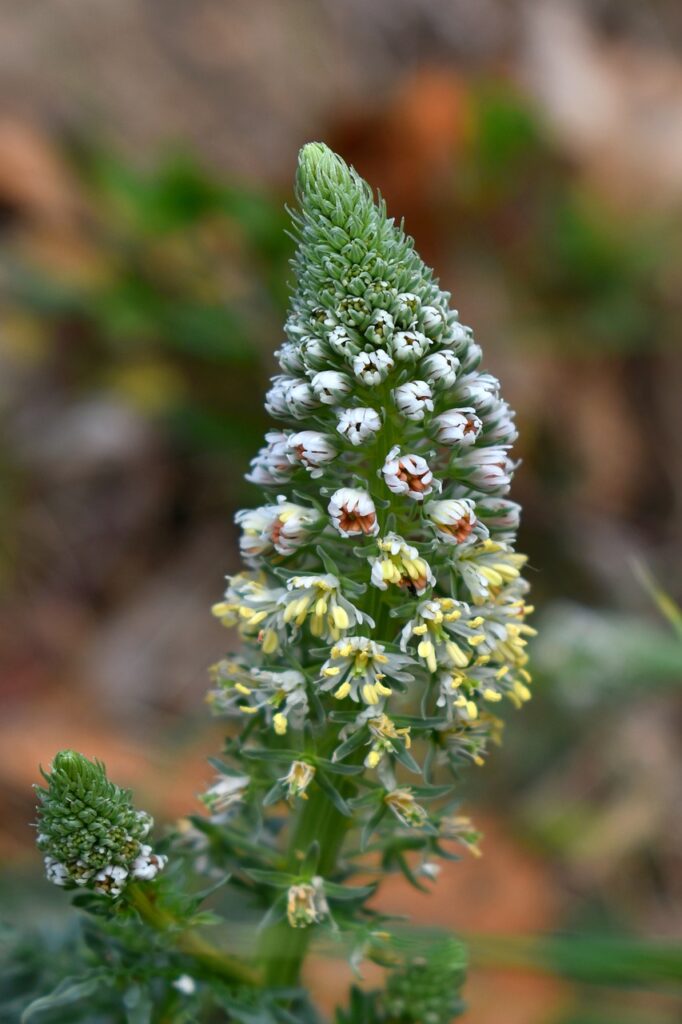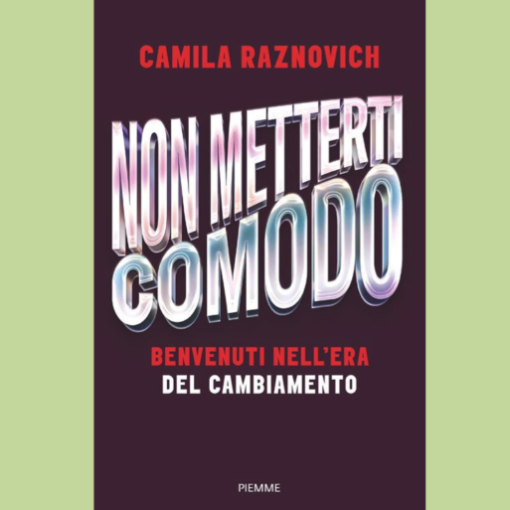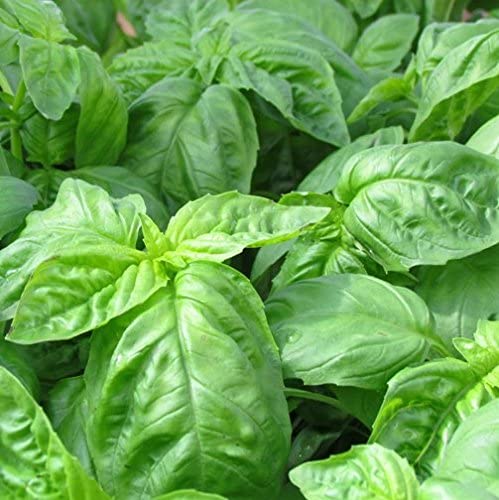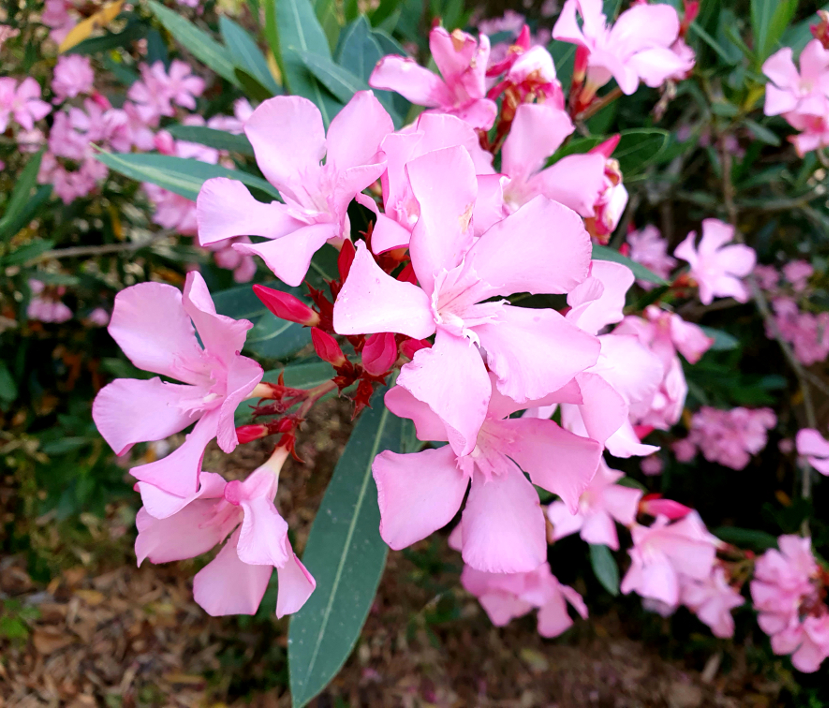
Summer has arrived a few days ago, the sun perpendicular makes the days long and very hot. Most of the plants have finished their blooms and many annuals, grasses in the lead, have entrusted their seeds to the wind and to the animals, letting the plant dissect.
However, there are still many Mediterranean species that have chosen this month to bloom. They are almost all species that have developed a series of adaptations to the, particularly sunny and dry climate.
Road edges and uncultivated areas, especially in summer, are among the most difficult places to inhabit, yet the White upright mignonette (Reseda alba) colonizes them easily and manages to cover the apex of its elongated stems with white flowers well beyond Spring, thanks to its deep tap root and the buds placed at ground level, which make it perennial.
A deep and highly developed root system, in fact, helps plants not only to flower from Spring to Summer but also to vegetate again for many years. This is the case of the European heliotrope (Heliotropium europaeum), also called Vanilla flower for the delicate vanilla scent that its minute white flowers emanate, which also have the ability to follow the path of the sun (heliotropism). This small plant also has another feature that helps against dehydration: the leaves have thick light hair, a sort of small insulating felt.
I also want to mention two other species of high hills, of very different size, which also continue to bloom from Spring in arid meadows and marginal areas thanks to the support of their root systems: the small blue Anchusa (Anchusa italica), with small blue flowers and the bushy Yellow restharrow (Ononis natrix) with yellow flowers.
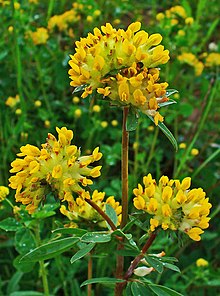
There are many floristic species that, like the Heliotrope, use hairiness to defend themselves from dehydration and the high temperatures that arid and exposed soils can reach. This is the case of the Trifolium stellatum, which along the hills and plains exhibits flower heads with white, rosy, and tubular flowers, which when falling leave the star-shaped calyxes. In central and southern Italy, below the mountain belt, in the scrublands and garrigues, the Lotus hirsutus also has white flowers and looks like an evergreen plant, generally small, with woody stems only at the base; the branched stems, basically prostrate and ascending, are characterized by a long and dense silky hairiness that covers the stems, the leaves and the calyx of the flowers, giving the plant a silver color. These characteristics make it suitable for growing in Mediterranean gardens or in those without irrigation. Less hairy is the common Kidney vetch (Anthyllis vulneraria), very frequent on the calcareous soils of arid prairies and rocky environments throughout Europe, up to 3000 m above sea level.
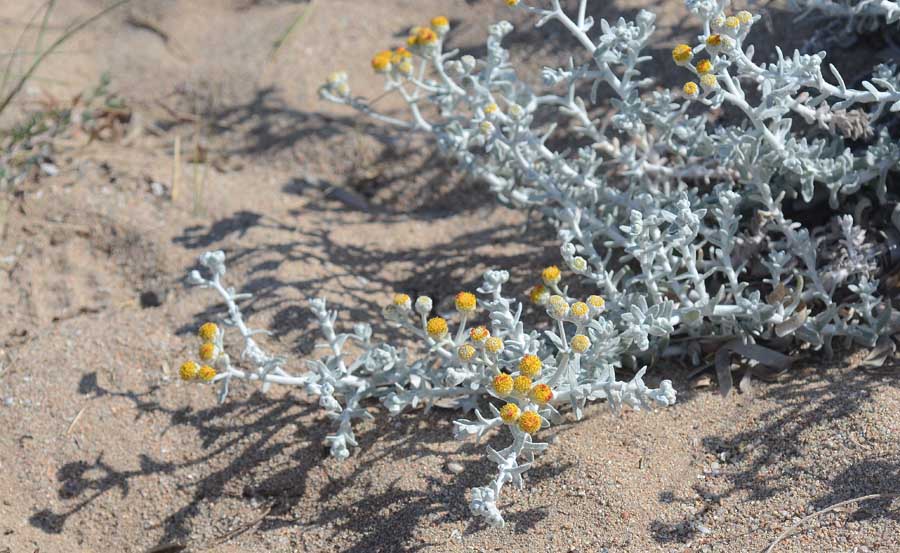
If the plant is particularly exposed to extreme temperatures, whether hot or cold, the hair becomes very dense and, if you look at it under a microscope, you find that it is “woven” like a felt. This sort of “cape”, called tomentum in technical terms, is present both in plants that live in areas of extreme cold, such as Edelweiss (Leontopodium alpinum), and in plants that live in very hot areas; this is the case of both the rare Silver horehound (Marrubium incanum), which grows and blooms in the middle of summer in arid and rocky soils, and the Cottonweed (Achillea maritima). This species has a very bad habit of living and flowering, with beautiful golden buttons, right in the areas of the beaches where Homo sapiens plants umbrellas, thus ending up in the red list of endangered species.

Spinification is a phenomenon that sees some parts of plants transformed into hardened and prickly parts. In some cases it is the leaves that turn into thorns, making the transpiring surface practically nil. In other cases the thorns are not modified leaves, but represent plant adaptations to particular disturbing conditions present in the habitats to which they belong; in fact, they serve to defend the plant against extreme temperatures or animals that could burn it. This is the case of the Eryngo (Eryngium amethystinum), a perennial species with star-shaped flowers, very thorny and blue-violet in color, found in lean meadows and arid and poor pastures, in stony and sunny areas. The Sea holly (Eryngium maritimum), on the other hand, is a pioneer species of the dunes and, thanks to its extensive root system, is able to block the movement of the sand, stabilizing it and thus facilitating the development of colonizing vegetation. The two species, as well as living in different habitats, are distinguished by the leaf blade: very narrow in the first and wide in the second. In this case, in order to avoid dehydration, the leaves of the Sea hollyhave a very thick cuticle.
Also thorny are the species belonging to the genus Carlina, which prefer July to bloom. The name of this genus, proposed in the fourteenth century by the Arezzo botanist Andrea Cesalpino, seems to derive from Charlemagne who, for information received from an angel during a vision, used one of these species to treat, with poor results, his soldiers stricken by a plague. The Carline thistles have great adaptability to different environments: the Flat-topped carline thistle (Carlina corymbosa), characterized by flower heads and golden yellow bracts, prefers uncultivated and arid meadows, while the Stemless Caroline (Carlina acanthifolia), with yellow sulfur flowers, is more easily found in stony places. The great adaptability of this genus often gives rise to endemisms, as in the case of the Carlina macrocephala, endemic to Corsica and Sardinia, where it is at home on the Gennargentu.
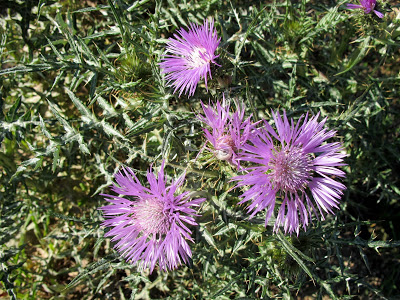
Together with the Caroline Thistles, in the uncultivated lands and on the edges of the roads, the discoid white-lilac or pink-purple flower heads of the Galactites tomentosa (Scarlina galactites) bloom on tomentose and very thorny scapes, whose color substantially depends on the composition of the soil. The Galactites tomentosa, unlike the Carline thistles (nice pun!), does not tend to specialize in different habitats: we find it identical in all the countries bordering the Mediterranean.
The Couch grass or Junceum dune (Agropyron junceum) tends to settle at the base of the dunes and, together with the Salsify (Ammophila littoralis) that dominates the dunes in the upper part, with their thin and resistant roots they form a dense network that manages to harness the sand, facilitating the colonization of the dunes by the other pioneer species. Like all grasses, they have inconspicuous flowers; in the Salsify they are gathered in dense cylindrical panicles, while in the Couch grass they are arranged on a long ear formed by 7-9 spikelets. In the humid areas behind the dunes, the Soft rush (Juncus maritimus) flourishes, preferring the sandy, humid and salty soils typical of the Mediterranean retro-dune areas. The inflorescence, placed on top of the cylindrical stems, is green with green or yellow flowers.
Another characteristic of Mediterranean plants, found in many of the species that bloom in this month, is the thickening of the cuticle (sclerophyllia) which allows a strong defense against dehydration, as in the case of the Sea purslane (Atriplex portulacoides), a plant that grows in brackish environments, maritime coasts, lagoons, sandbanks, coastal hinterlands. In Sardinia the plant, particularly widespread in the lagoon area of Cabras (OR), takes the name of “ziba” or “obione” and is used to wrap the boiled mullet. The yellowish flowers are rather insignificant and are pollinated by the wind.

The Pennywort (Umbilicus rupestris), a bold plant that often grows on shaded walls or in humid rock crevices, also defends the water contained in the leaves and stems with a thick cuticle. The flowers are pendulous, gathered in inflorescences carried by long reddish stems, and have a tubular-bell-shaped corolla formed by lobed, oval, yellow-greenish, or pinkish-white petals.
The Mediterranean landscapes in July are colored by various flowering shrubs and trees. The streams, even if dry, are marked by the pink flowers of the Oleander (Nerium oleander), a very resistant and vigorous plant that manages to bloom for a long time even along the edges of motorways. Not least the Common privet (Ligustrum vulgare) which, despite the drought, retains the thick dark green foliage, on which the perfumed ivory pyramidal inflorescences stand out.
The large bushes of Myrtle (Myrtus communis) are covered with minute white flowers … but to get to know this species so significant for Mediterranean civilizations, I refer to the interesting article written by M. Beatrice Lupi.
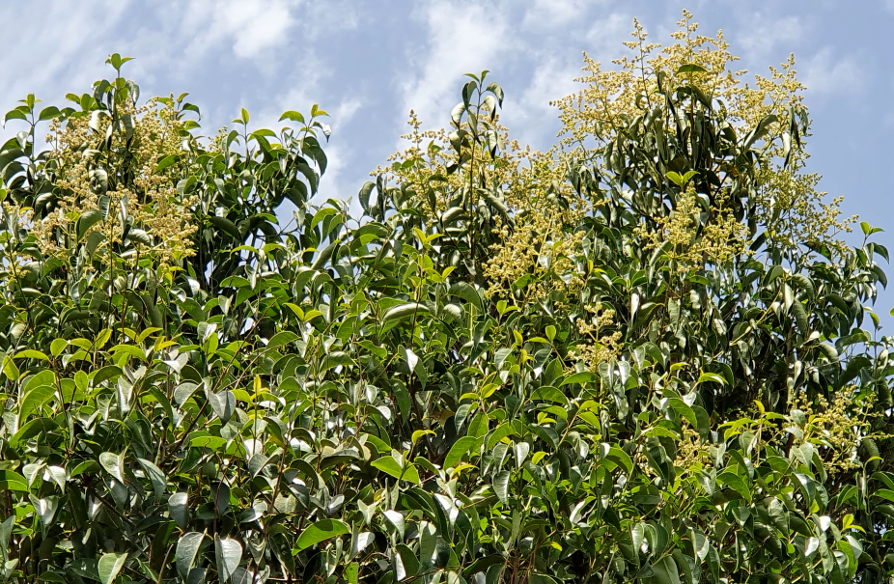
I would like to conclude this long overview with a genus of Australian origin that has been a guest of our flora for a century: the Southern blue gum (Eucalyptus sp). During and after the reclamation of the Italian marshy areas, which took place during the Fascist period, numerous specimens of Eucalyptus were planted, for various reasons: as windbreaks, to keep the drainage channels as “dry” as possible, and to avoid stagnations of water where the Anopheles mosquito, vector of malaria, reproduced. Eucalyptus trees, in fact, have a rather high water requirement when compared to the native vegetation which, as mentioned above, having been selected from drought environments, does not need much water. But if initially the different species of Eucalyptus fulfilled some contingent needs, they later proved to be invasive; currently, the eradication of Eucalyptus trees involves a decidedly high expense. The only advantage represented by these species is the flowers, which resemble white duvets and are an important source of nectar. In Sardinia, the survival of bees is strongly linked to the flowers of the Eucalyptus trees, since eucalyptus honey represents 50% of the island’s honey production.
Author: Anna Lacci is a scientific popularizer and expert in environmental education and sustainability and in territory teaching. She is the author of documentaries and naturalistic books, notebooks and interdisciplinary teaching aids and multimedia information materials.
Translation by Maria Antonietta Sessa

